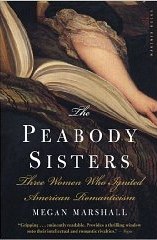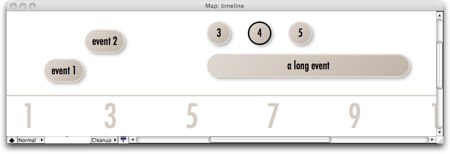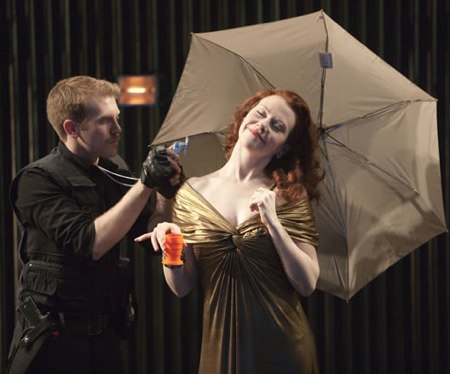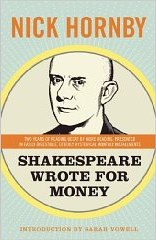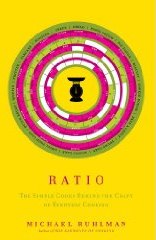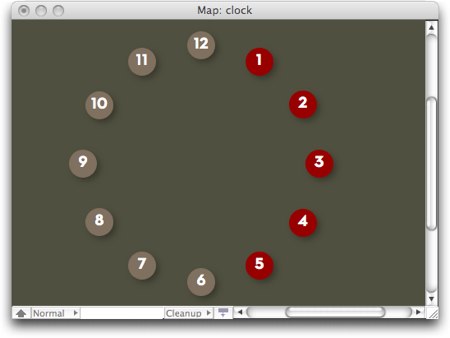by Claudia Roden
“What can I bring?” I ask.
“Why don’t you make some gefilte fish? Maybe with salmon?”
This became a mission. I searched high and low. I watched YouTube videos of restauranteurs making special gefilte fish. I read books. (No one who reads this page regularly will be surprised that I bought books, too.) I corresponded with cooks on three separate continents.
In the end, I made a pretty straight gefilte fish, right out of Roden. I used 2/3 fresh salmon – the Cambridge Museum Of Fruits and Vegetables threw a sale on wild coho just for me – and 1/3 hot-smoked salmon; the smoked salmon was suggested by Michael Ruhlman himself. (There's a nifty salmon rillettes in his Bouchon book, which was impossible here but I'm going to try it right away.) I stayed fairly close to Roden’s recipe, using less sugar.
I poached the little gefilte fish balls in fennel broth. For garnish, I found some terrific little spring carrots, which I pickled overnight in dill brine, and I made some aioli for a condiment. Linda hates beets but something like chrain, the traditional beet-horseradish sauce, seemed like a nice idea. So, I whipped up some roasted red peppers with grated horseradish.
Pickled carrots
- 1 bunch of really good young carrots, preferably with greens
- 1 small bunch of dill
- salt
- water
Cut off all but 1" of the carrot greens. Wash, or lightly peel the carrots. Don't overdue it.
Make a 20:1 brine. 4C of water, 50g=2oz (by weight) of salt. If you don’t have a scale, say 4T salt. This is not rocket science. Add a few peppercorns if they're handy. Bring to a boil; let the salt dissolve. Put the carrots in a glass baking dish, pour the brine over them, add the dill. Let them cool, refrigerate. 24hr later, they’re pickled carrots. Who knew?
Fennel broth
- 2 large bulbs fennel, coarsely chopped
- 4 shallots, sliced
- 4 cloves garlic, sliced
- 2 allspice berries
- 1t whole peppercorns, crushed
- 1T sugar
- a little salt
- 4c water
Cover, heat to near boiling, then simmer gently for perhaps 45 minutes.
- 1.5lb fresh salmon, cut into 1" chunks (keep cold)
- .5lb smoked salmon (hot-smoked and chunky smoked salmon is fine), cut into 1" chunks (keep cold)
- 1 medium onion, cut into large chunks
- 2 eggs, separated
Spin the onion in the food processor until coarsely chopped. Add the salmon, and spin until it, too, is coarsely chopped. Add the egg yolk, spin to combine everything. You don't want to purée. You just want to get rid of all the large chunks; if you chop too much, the fish will by unpleasantly pasty.
Whip the egg whites to soft peaks. Fold about 1/3 of the fish into the egg whites, then add the mixture to the rest of the fish. Fold until mixed. Refrigerate for 30 minutes to let everything rest.
Put the strained fennel broth in a pan (I used a sautoire, but any deepish skillet or saucepan will do), and heat to a bare simmer. Taste it; it should taste good. Add some salt if needed.
Take the fish, shape it into golf balls, and drop into the simmering broth. Cook for about 6 minutes, in batches. Fish them out with a slotted spoon. Strain the broth, cool it a little (throw in a couple of ice cubes if you like), and our some over the fish. Refrigerate overnight, and serve cool with aioli (crush a couple of cloves of garlic to a paste with salt, add to bowl, squeeze 1/2 lemon into it, add an egg yolk, gradually whisk in 1C of olive oil).

